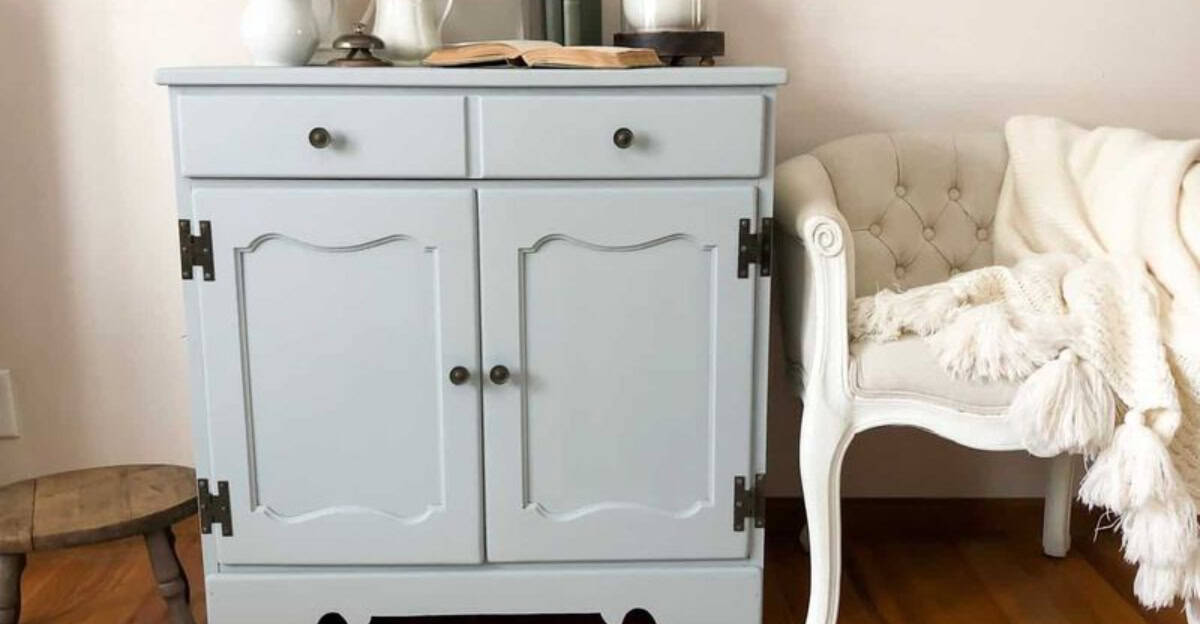Explore the world of furniture flipping, where creativity meets sustainability.
Learn how to transform forgotten pieces into treasures with these insider secrets.
1. Understanding Potential
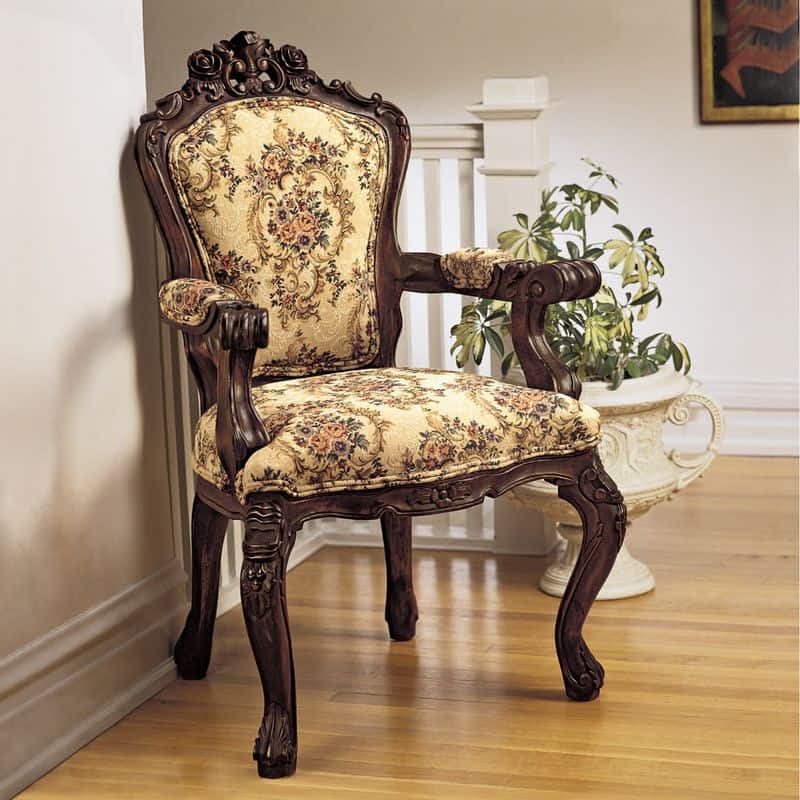
Spotting potential in old furniture is an art. A piece may look worn out, but flippers see beyond the surface.
They focus on the shape and structure, envisioning what it might become. This skill involves understanding the piece’s history and construction.
Flippers can transform an item with minimal effort by recognizing quality craftsmanship and unique design features.
It’s all about seeing past the immediate flaws and recognizing the hidden gem within. This keen eye for potential sets successful flippers apart from others in the field.
2. Choosing the Right Tools
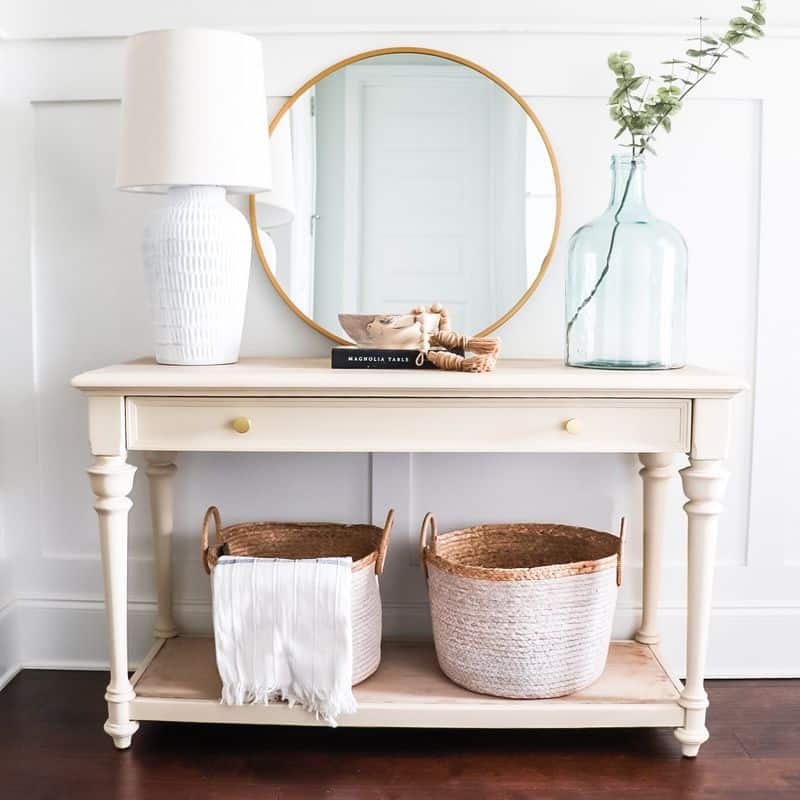
The right tools are essential for every furniture flipping project. Sanders, paintbrushes, and screwdrivers are must-haves.
These tools help in prepping, repairing, and finishing pieces efficiently.
Investing in quality tools ensures longevity and reliability in your projects. Additionally, having a proper workspace enhances productivity.
Well-chosen tools also allow for creativity, letting flippers try different techniques and finishes. The right equipment makes all the difference between amateur and professional results.
3. Mastering Painting Techniques
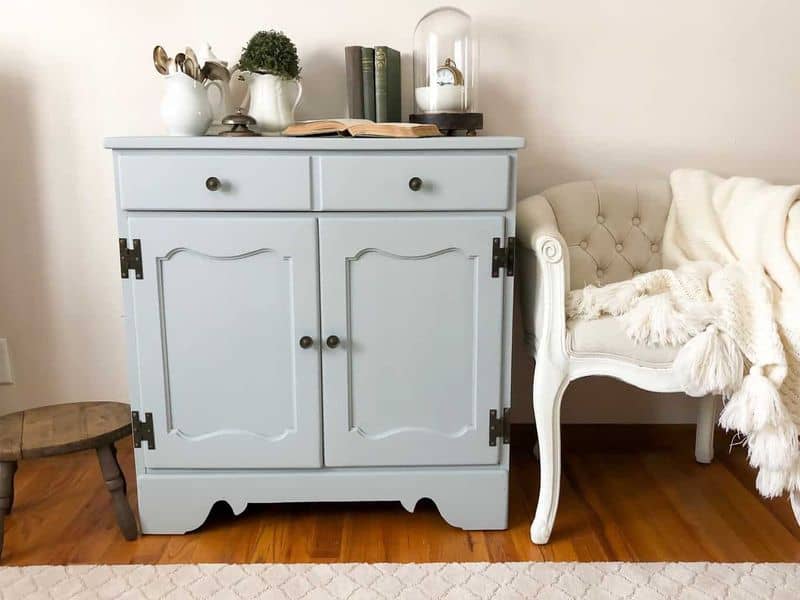
Painting is a transformative skill in furniture flipping. Chalk paint, milk paint, and varnishes are popular choices. Each type offers a unique finish, allowing for diverse styles.
Mastering these techniques involves practice and experimentation. Flippers often test paints on small areas before committing to a whole piece.
Understanding the drying time and layering methods can greatly affect the outcome. Painting not only revitalizes old furniture but also protects it, adding value and appeal.
4. Decoding Styles and Trends

Being in tune with current trends is crucial. Flippers need to understand popular styles, from mid-century modern to shabby chic. This knowledge helps in choosing pieces that will appeal to buyers.
Trends often change, so staying updated through magazines, blogs, and social media is key. This awareness allows flippers to anticipate what might sell quickly.
Moreover, combining styles can create unique pieces that stand out in the market, appealing to a broader audience.
5. Learning Upholstery Basics

Upholstery is an invaluable skill in furniture flipping. Knowing how to replace fabric and padding can breathe new life into tired furniture.
Basic skills include measuring, cutting, and stapling. These allow flippers to customize pieces to suit modern tastes.
It’s a skill that requires patience and precision, but the results can be striking. A well-upholstered chair or sofa not only looks appealing but also extends the item’s life, offering comfort and durability.
6. Sourcing Materials Creatively
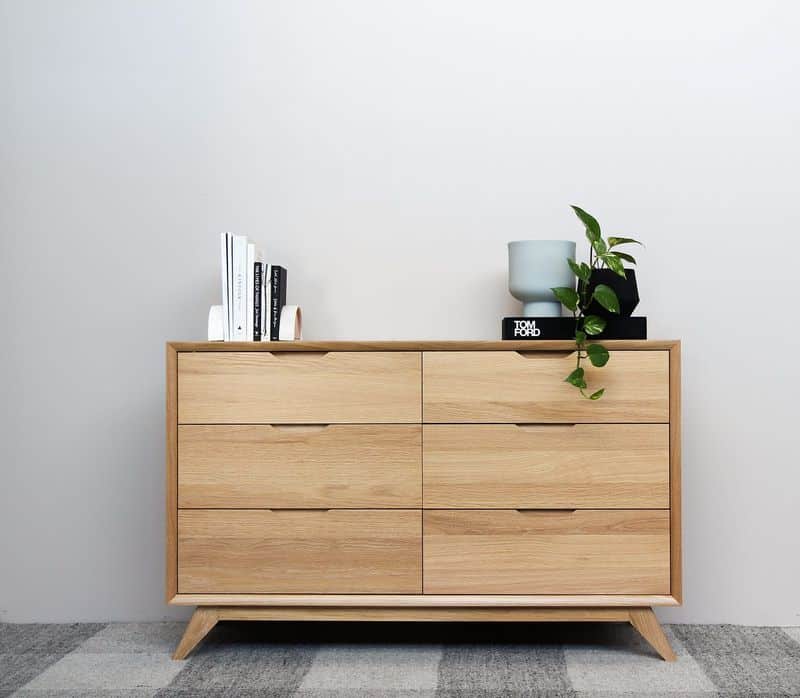
Creative sourcing is vital for flippers. Flea markets, garage sales, and online marketplaces like Craigslist and Facebook Marketplace are treasure troves for materials.
Finding quality pieces at low prices requires patience and negotiation skills. Flippers often develop relationships with sellers for better deals.
This strategy keeps costs down while providing a variety of materials to work with. The thrill of the hunt is part of what makes furniture flipping exciting and rewarding.
7. Understanding Pricing Strategies

Pricing is both an art and a science. Flippers must balance cost, time, and market trends to set attractive prices. Analyzing competitors’ pricing helps to position offerings effectively.
Understanding your audience and what they are willing to pay is crucial. Pricing too low undervalues your work, while pricing too high may deter buyers.
It’s about finding the sweet spot where both buyer and seller feel satisfied. This ensures sustainability and profitability in the flipping business.
8. Building an Online Presence

In today’s digital age, an online presence is essential. Social media platforms like Instagram and Pinterest are perfect for showcasing transformations.
High-quality photos and engaging captions draw potential buyers. Consistent posting and interaction build a loyal following.
A strong online presence not only increases sales but also establishes credibility and reputation, essential for long-term success in furniture flipping.
9. Recognizing Quality Craftsmanship

Understanding craftsmanship is key in selecting pieces. Quality construction, like dovetail joints and sturdy frames, indicates longevity.
Flippers often learn to recognize these signs of quality over time. This knowledge helps in choosing pieces that will withstand transformations and have enduring appeal.
By focusing on well-made items, flippers ensure customer satisfaction and long-lasting results, setting them apart in a competitive market.
10. Time Management Skills
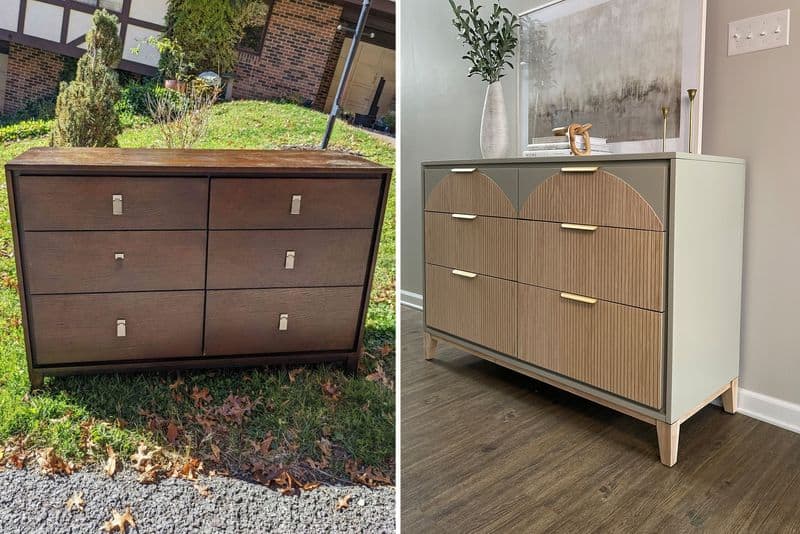
Time management is crucial in the flipping business. An efficient workflow means more projects completed and more profit. Flippers must juggle purchasing, refurbishing, and selling.
Prioritizing tasks and setting deadlines helps keep projects on track. It also reduces stress and increases productivity.
Good time management ensures that each piece receives the attention it needs for a quality finish, maintaining high standards and customer satisfaction.

